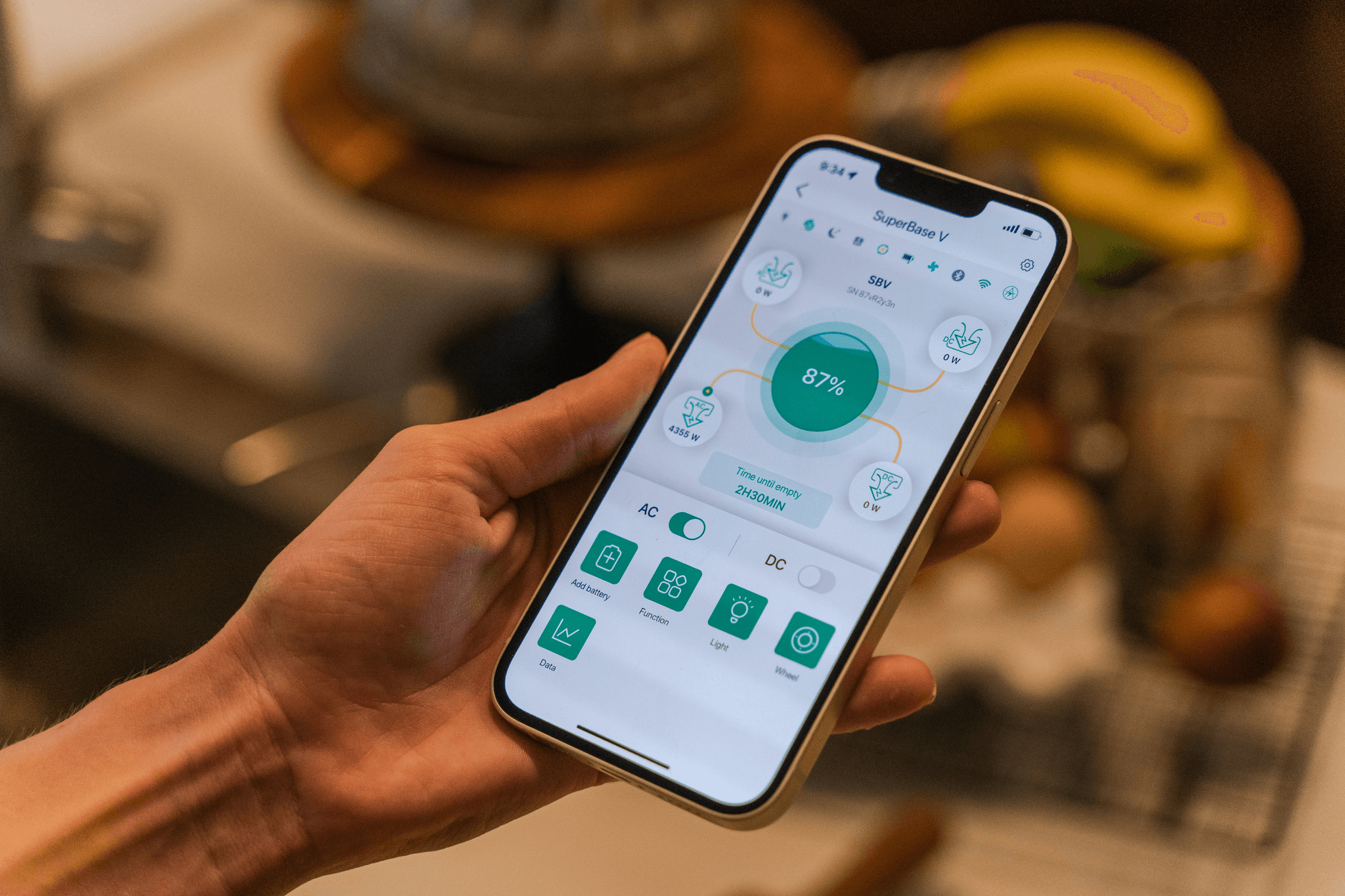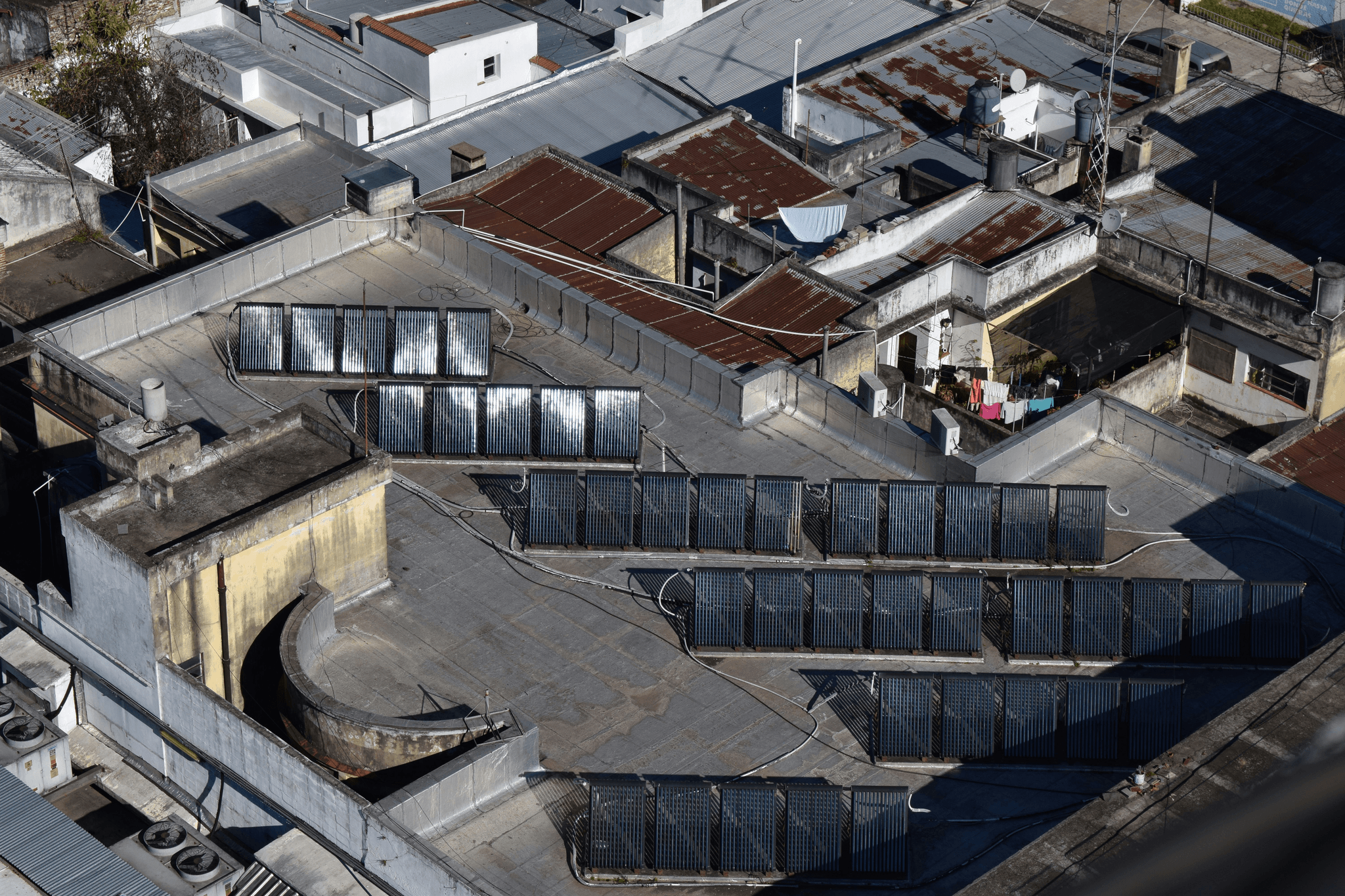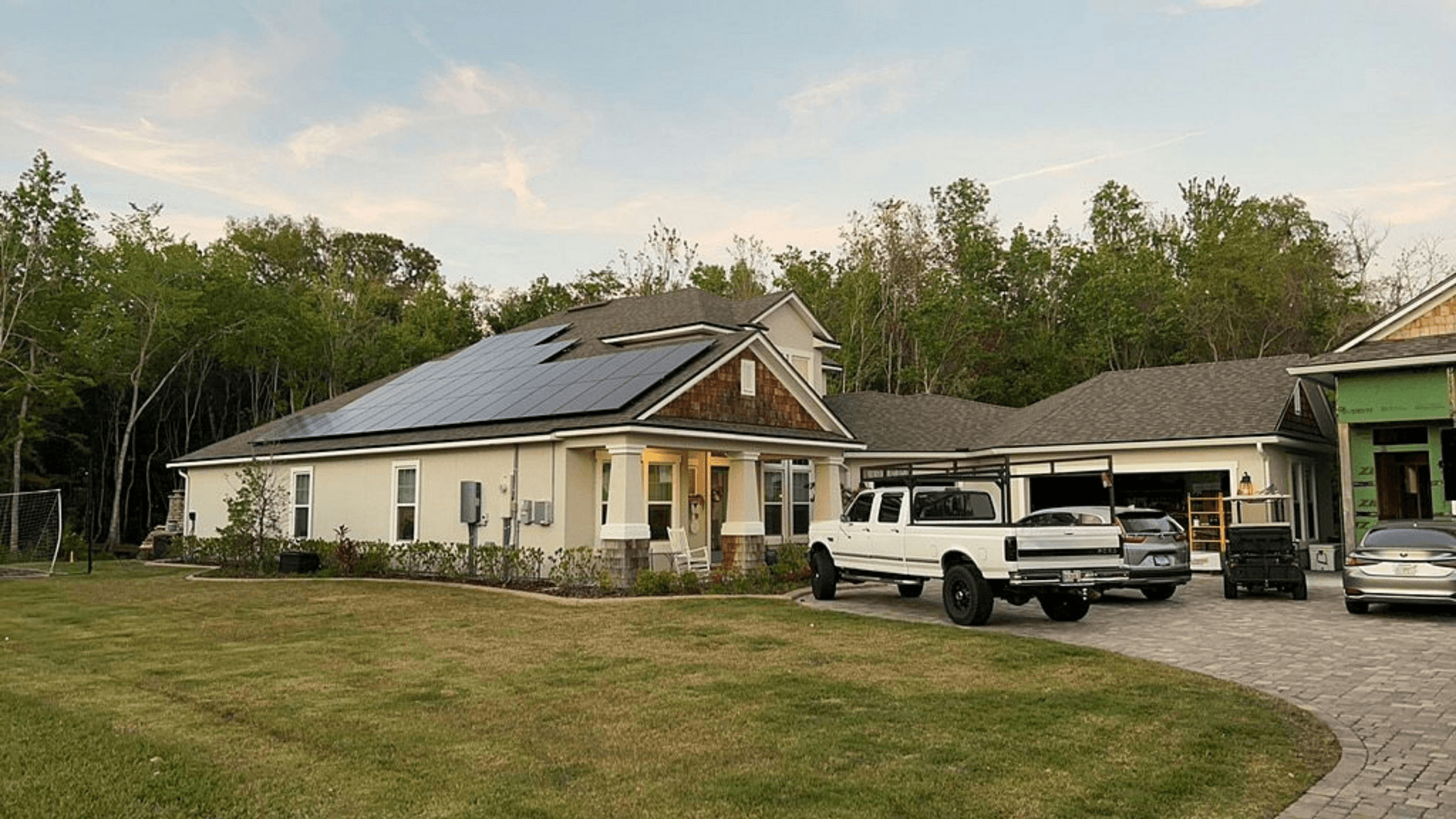Introduction

Electricity delivery costs can often make up a significant portion of a consumer's energy bill. Understanding the factors that contribute to these costs is crucial for finding ways to reduce them. High delivery charges can have a major impact on monthly expenses, making it essential to explore strategies for lowering these expenses.
Electricity delivery costs can often be influenced by factors such as infrastructure maintenance, transmission and distribution losses, and regulatory requirements. Understanding these factors can help consumers make informed decisions about their energy usage and explore alternative energy sources. Additionally, investing in energy-efficient appliances and making small changes to daily habits can also help reduce electricity delivery costs over time, ultimately leading to significant savings on monthly expenses.
Understanding Electricity Delivery Costs
Electricity delivery costs include the expenses associated with transmitting and distributing electricity from power plants to consumers. These costs encompass infrastructure maintenance, grid operation, and administrative expenses. It's important to comprehend how these elements contribute to the overall delivery charges in order to effectively manage and reduce them.
Understanding the breakdown of electricity delivery costs is essential for consumers and businesses alike. By gaining insight into the various components that make up these expenses, individuals can make informed decisions about their energy usage and explore ways to minimize their overall delivery charges. Additionally, increased awareness of electricity delivery costs can prompt discussions about potential improvements or innovations in the energy infrastructure to create more efficient and cost-effective systems for all stakeholders.
Impact of High Delivery Charges
High delivery charges can significantly inflate electricity bills, placing a strain on household budgets and business operating costs. Consumers are often left wondering how they can mitigate these charges and find relief from the financial burden they impose. It's crucial to recognize the impact of high delivery charges in order to take proactive measures towards cost reduction.
One way to mitigate high delivery charges is by being more energy efficient. This can include using energy-saving appliances, turning off lights and electronics when not in use, and properly insulating your home or business. Additionally, consumers can explore alternative energy sources such as solar or wind power to reduce reliance on the traditional electricity grid and lower delivery charges. By taking these proactive measures, individuals and businesses can work towards reducing the financial burden imposed by high delivery charges and ultimately lower their overall electricity bills.
Key Strategies for Lowering Costs
There are various strategies that consumers can employ to reduce electricity delivery charges and alleviate the financial strain they cause. By implementing energy efficiency initiatives, participating in demand response programs, integrating renewable energy sources, modernizing grid systems, and optimizing utility rates, individuals and businesses can effectively lower their electricity delivery costs.
One additional strategy for reducing electricity delivery charges is to invest in energy storage solutions. By utilizing batteries or other storage technologies, consumers can store excess energy during off-peak hours and use it during peak demand times, reducing their reliance on the grid and lowering delivery costs. Additionally, implementing smart home technologies and devices can help consumers better manage their energy usage, further contributing to cost savings and alleviating financial strain caused by electricity delivery charges.
Energy Efficiency Initiatives

Efficient Appliances and Lighting
One effective way to reduce electricity delivery charges is by investing in energy-efficient appliances and lighting. Upgrading to Energy Star-rated appliances and LED lighting can significantly lower your energy consumption, resulting in reduced delivery charges over time. These upgrades not only save you money but also contribute to a more sustainable environment.
Investing in energy-efficient appliances and lighting not only reduces electricity delivery charges but also helps to lessen the environmental impact of your household. By making these upgrades, you are actively contributing to a more sustainable future for generations to come. Additionally, many energy-efficient appliances and LED lighting options are designed to last longer, saving you money on replacement and maintenance costs in the long run.
Home Energy Audits
Conducting a home energy audit is another essential step in reducing electricity delivery charges. By identifying areas of energy waste and inefficiency, you can make targeted improvements to your home's energy performance, ultimately lowering your overall electricity usage and associated costs. Consider hiring a professional auditor or using DIY audit tools to assess your home's energy usage.
One simple way to start reducing electricity delivery charges is by replacing old, inefficient appliances with energy-efficient models. Look for appliances with the ENERGY STAR label, which indicates that they meet or exceed energy efficiency guidelines set by the Environmental Protection Agency. By making these upgrades, you can significantly decrease your electricity usage and lower your monthly utility bills. Additionally, consider implementing simple habits like turning off lights and unplugging electronics when not in use to further reduce your energy consumption.
Energy Management Systems
Implementing an energy management system can help you better understand and control your electricity usage, leading to reduced delivery charges. These systems provide real-time monitoring of energy consumption, allowing you to identify peak usage times and adjust your habits accordingly. By optimizing your energy use, you can minimize the impact of high delivery charges on your utility bills.
Now that we've covered the importance of efficient appliances, home energy audits, and energy management systems in reducing electricity delivery charges, let's explore additional strategies for lowering costs through demand response programs.
Demand response programs offer a way for consumers to actively manage their electricity usage during peak demand periods, allowing them to reduce their overall energy costs. By participating in these programs, homeowners and businesses can receive financial incentives for voluntarily reducing or shifting their electricity usage during times of high demand, ultimately contributing to a more efficient and reliable energy grid. These programs not only benefit individual participants but also play a crucial role in promoting energy conservation and sustainability on a larger scale.
Demand Response Programs

Peak Time Savings
Peak time savings are a crucial aspect of reducing electricity delivery charges. By shifting energy usage to off-peak hours, consumers can take advantage of lower rates and alleviate strain on the grid during high-demand periods. Implementing smart appliances and programmable thermostats can help automate this process, ensuring that energy-intensive tasks are performed when rates are most favorable.
One effective way to encourage peak time savings is through the use of time-of-use pricing plans offered by many utility companies. These plans charge higher rates during peak hours and lower rates during off-peak hours, providing a financial incentive for consumers to shift their energy usage. By taking advantage of these pricing plans and making small adjustments to their daily routines, consumers can play a significant role in reducing electricity delivery charges and promoting a more sustainable energy future.
Load Flexibility
Load flexibility involves adjusting electricity consumption based on real-time grid conditions. By leveraging smart meters and energy management systems, consumers can monitor their usage patterns and make informed decisions about when to reduce or shift their load. This not only helps lower delivery charges but also contributes to grid stability and reliability.
Load flexibility is becoming increasingly important as the demand for electricity continues to grow. By allowing consumers to actively participate in managing their energy usage, load flexibility can also support the integration of renewable energy sources and reduce the need for additional infrastructure investments. As technology continues to advance, the potential for load flexibility to play a key role in shaping the future of energy management and grid operations is only expected to increase.
Curtailment Strategies
Curtailment strategies focus on temporarily reducing electricity usage during critical peak periods or emergency situations. Consumers can participate in demand response programs offered by utility providers, receiving incentives for voluntarily decreasing their load when the grid is under stress. This proactive approach not only cuts delivery costs but also supports the overall resilience of the electrical infrastructure.
One effective curtailment strategy is implementing energy storage systems to store excess electricity generated during off-peak times, which can then be used during peak demand periods. This helps to alleviate strain on the grid and ensures a more reliable and stable supply of electricity for consumers. By combining curtailment strategies with energy storage solutions, utility providers can better manage peak demand and improve the overall efficiency of the electrical grid.
Stay tuned for the next section!
Renewable Energy Integration

Solar and Wind Power
One effective way to reduce electricity delivery charges is by integrating solar and wind power into your energy mix. By installing solar panels or wind turbines, you can generate your own electricity and reduce your reliance on the grid, thereby lowering your delivery charges. Additionally, many utility companies offer incentives for installing renewable energy systems, making it a cost-effective solution for reducing overall energy costs.
Another way to reduce electricity delivery charges is by implementing energy-efficient practices and technologies in your home or business. This could include upgrading to LED lighting, using programmable thermostats, and investing in energy-efficient appliances. By reducing your overall energy consumption, you can lower your delivery charges and save money on your monthly utility bills. Additionally, some utility companies offer rebates or incentives for implementing energy-efficient measures, further reducing the cost of electricity delivery.
Net Metering
Net metering is another strategy to reduce electricity delivery charges. With net metering, any excess electricity generated by your solar or wind power system is fed back into the grid, allowing you to earn credits on your utility bill. This can significantly offset the costs of delivery charges, as you are essentially using the grid as a virtual battery to store excess energy for later use.
By utilizing net metering, homeowners and businesses can take advantage of renewable energy sources to not only reduce their electricity bills but also contribute to a more sustainable energy grid. This approach encourages the widespread adoption of solar and wind power systems, ultimately leading to a reduction in greenhouse gas emissions and dependence on fossil fuels. As more individuals and organizations embrace net metering, the overall impact on electricity delivery charges and environmental sustainability will continue to grow.
Incentives for Green Energy
Many local and federal governments offer incentives for adopting green energy solutions such as solar and wind power. These incentives can come in the form of tax credits, rebates, or grants that can help offset the initial costs of installation. By taking advantage of these incentives, you can lower your overall energy expenses and reduce the impact of high delivery charges on your utility bill.
Investing in green energy solutions not only benefits the environment but also offers long-term financial savings. In addition to reducing your overall energy expenses, adopting solar and wind power can also increase the value of your property. By taking advantage of government incentives, you can make a positive impact on both your finances and the planet.
Grid Modernization Solutions

Smart Grid Technologies play a crucial role in reducing electricity delivery charges by improving the efficiency and reliability of the grid. These technologies enable real-time communication between utilities and consumers, allowing for better demand management and load balancing. By implementing smart meters and advanced sensors, utilities can identify areas of high energy consumption and proactively address potential issues, ultimately lowering delivery costs.
Energy Storage Systems are another key component in reducing electricity delivery charges. By storing excess energy during off-peak hours and releasing it during times of high demand, these systems help to alleviate strain on the grid and reduce the need for costly infrastructure upgrades. Additionally, energy storage systems can provide backup power during outages, further enhancing grid reliability and resilience.
Microgrid Integration offers a localized approach to electricity delivery, allowing communities or individual facilities to generate and manage their own power. By integrating renewable energy sources like solar panels or wind turbines with energy storage systems, microgrids can operate independently from the main grid during peak demand periods, reducing strain on the overall system and lowering delivery costs.
Now let's move on to Demand Response Programs...
Utility Rate Optimization

When looking to reduce electricity delivery charges, one effective strategy is to consider time-of-use pricing. By shifting energy usage to off-peak hours, consumers can take advantage of lower rates, ultimately reducing their overall electricity costs. It's important to analyze your energy usage patterns and identify opportunities to shift consumption to times when rates are lower.
One way to take advantage of time-of-use pricing is to implement energy-efficient practices and technologies. This can include using programmable thermostats, energy-efficient appliances, and smart home automation systems to better control when and how energy is used. By being mindful of energy consumption and making small adjustments, consumers can maximize the benefits of time-of-use pricing and see significant savings on their electricity bills.
Time-of-Use Pricing
Time-of-use pricing allows consumers to adjust their energy consumption habits based on fluctuating electricity rates throughout the day. By utilizing appliances and running heavy-duty tasks during off-peak hours, such as late at night or early in the morning, individuals can significantly reduce their electricity delivery charges. This approach not only benefits consumers financially but also helps alleviate strain on the grid during peak demand periods.
Time-of-use pricing also encourages the use of renewable energy sources by incentivizing consumers to shift their energy consumption to times when renewable resources are more readily available. This can contribute to a reduction in greenhouse gas emissions and support the transition to a more sustainable energy system. Additionally, by spreading out electricity usage throughout the day, time-of-use pricing can help reduce the need for costly infrastructure upgrades and new power plants, ultimately benefiting both consumers and the environment.
Tariff Analysis
Conducting a thorough analysis of utility tariffs is crucial for understanding how delivery charges are structured and incurred. By examining different rate plans offered by utility providers, consumers can identify cost-saving opportunities and select the most advantageous tariff for their specific energy usage patterns. This proactive approach enables individuals to optimize their utility rates and minimize delivery costs.
It is also important for consumers to stay informed about any potential changes in utility tariffs and rate plans. Keeping up with updates from utility providers can help individuals take advantage of new cost-saving opportunities or adjust their energy usage patterns to minimize delivery costs. By staying proactive and informed, consumers can continue to optimize their utility rates and make the most advantageous choices for their specific energy needs.
Negotiating with Utility Providers
Engaging in negotiations with utility providers presents an opportunity to discuss potential cost-saving solutions and explore alternative rate options that align with individual consumption behaviors. Consumers can leverage their understanding of time-of-use pricing and tariff analysis findings as bargaining tools when negotiating with utility companies, ultimately securing more favorable terms that help reduce electricity delivery charges.
By implementing these strategies for utility rate optimization, individuals can effectively reduce their electricity delivery charges while maintaining reliable access to power for their homes or businesses.
One effective strategy for reducing electricity delivery charges is to invest in energy-efficient appliances and lighting. By using LED bulbs, Energy Star-rated appliances, and smart power strips, individuals can significantly lower their energy consumption and ultimately reduce their utility bills. Additionally, implementing renewable energy sources such as solar panels or wind turbines can further offset electricity costs and contribute to a more sustainable energy future.
Conclusion

Long-Term Cost Benefits of Efficiency
Implementing energy efficiency initiatives such as using efficient appliances and conducting home energy audits can lead to significant long-term cost benefits by reducing electricity consumption and delivery charges. By optimizing utility rates through time-of-use pricing and negotiating with providers, businesses and homeowners can further lower their electricity costs.
Additionally, investing in renewable energy sources such as solar panels or wind turbines can further reduce electricity costs and provide long-term environmental benefits. These initiatives not only lower electricity bills but also contribute to a more sustainable and eco-friendly energy consumption, positioning businesses and homeowners as responsible contributors to a cleaner environment. By combining energy efficiency measures with the integration of renewable energy sources, individuals and organizations can achieve significant cost savings while promoting a greener future for generations to come.
Environmental Impact of Renewable Energy
Integrating renewable energy sources like solar and wind power not only helps in reducing electricity delivery charges but also has a positive environmental impact by reducing carbon emissions. Net metering and incentives for green energy encourage the adoption of renewable energy, leading to a more sustainable future for our planet.
Renewable energy sources offer a reliable and sustainable alternative to traditional fossil fuels, which are finite and contribute to air and water pollution. By investing in solar and wind power, individuals and businesses can reduce their reliance on non-renewable resources while also contributing to the overall health of the planet. As technology continues to advance, the efficiency and affordability of renewable energy solutions will only continue to improve, making them an increasingly attractive option for both environmental and economic reasons.
Importance of Being Proactive
It is crucial for businesses and homeowners to be proactive in exploring strategies to reduce electricity delivery charges. By participating in demand response programs, integrating smart grid technologies, and investing in energy storage systems, they can take control of their energy usage, reduce costs, and contribute to a cleaner environment.
By actively seeking out energy-efficient appliances and lighting, businesses and homeowners can further reduce their electricity usage and subsequent delivery charges. Additionally, implementing energy management systems and conducting regular energy audits can help identify areas for improvement and optimize energy usage, leading to even greater cost savings in the long run. Taking these proactive steps not only benefits the bottom line but also demonstrates a commitment to sustainability and environmental responsibility.